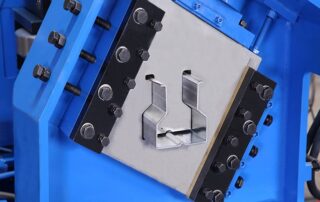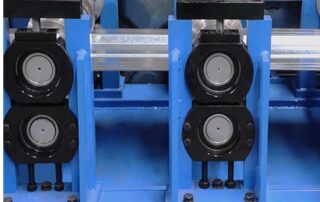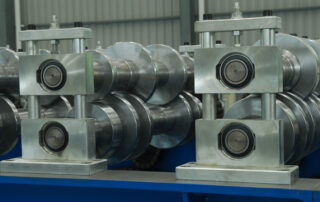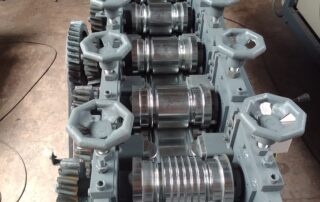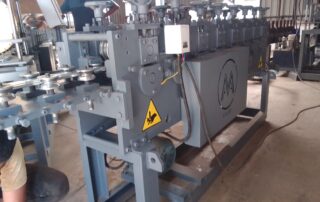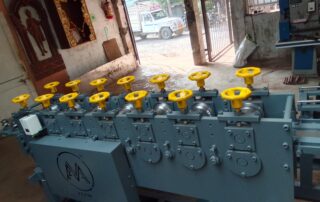What is Roll Forming?
Roll forming is a continuous metal forming process that utilizes a series of rolls to progressively shape a flat metal strip into a desired profile. By passing the strip through multiple sets of rolls, each designed to perform a specific bending operation, the material gradually takes the desired shape. The process can accommodate various metals, including steel, aluminum, copper, and stainless steel.
Roll forming is a versatile and efficient metalworking process that has revolutionized the manufacturing industry. By understanding the intricacies of roll forming, one can unlock endless possibilities for creating complex and precisely shaped metal components. In this blog post, we will explore the world of roll forming, delving into its principles, applications, benefits, and the key factors that contribute to its success.
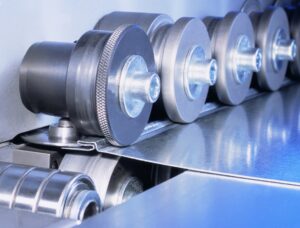
Key Considerations for Successful Roll Forming
To achieve optimal results in roll forming, certain factors must be taken into account.
- Material selection: The choice of material affects the formability, durability, and overall performance of the finished product.
- Tooling design: Properly designed roll sets are crucial for maintaining accurate profiles and preventing defects.
- Lubrication and cooling: Adequate lubrication and cooling help minimize friction and heat, ensuring smooth material flow and preventing surface imperfections.
- In-line quality control: Continuous monitoring of dimensions, surface finish, and other quality parameters is essential for maintaining consistent product quality.
In conclusion, roll forming is a powerful metalworking process that offers endless possibilities for creating complex and precisely shaped metal components. By understanding the principles and considerations associated with roll forming, manufacturers can unlock its full potential and harness its benefits across various industries. Whether you’re an engineer, designer, or simply curious about metal fabrication, roll forming is an art worth exploring and mastering.
Remember, the key to successful roll forming lies in a deep understanding of the process, careful material selection, meticulous tooling design, and consistent quality control. So, embrace the world of roll forming and unlock the door to endless opportunities in metal fabrication.

